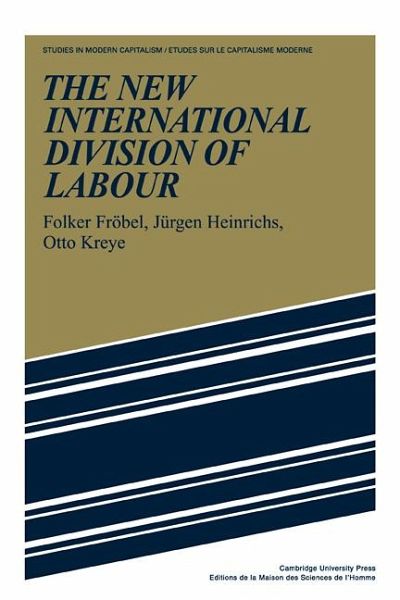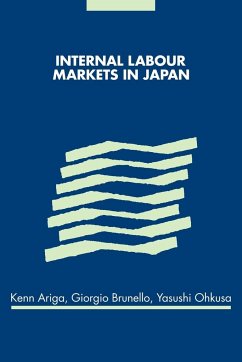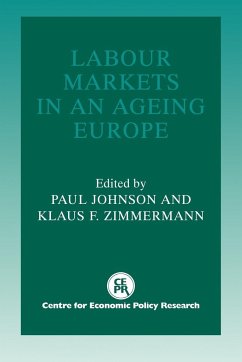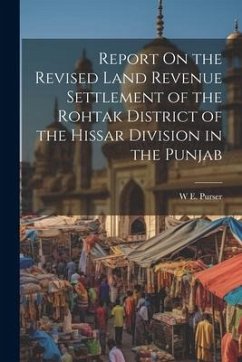
The New International Division of Labour
Structural Unemployment in Industrialised Countries and Industrialisation in Developing Countries
Versandkostenfrei!
Versandfertig in 1-2 Wochen
48,99 €
inkl. MwSt.

PAYBACK Punkte
24 °P sammeln!
The main thesis of this study is that the world economy is undergoing a profound structural change that is forcing companies to reorganise their production on a global scale.














